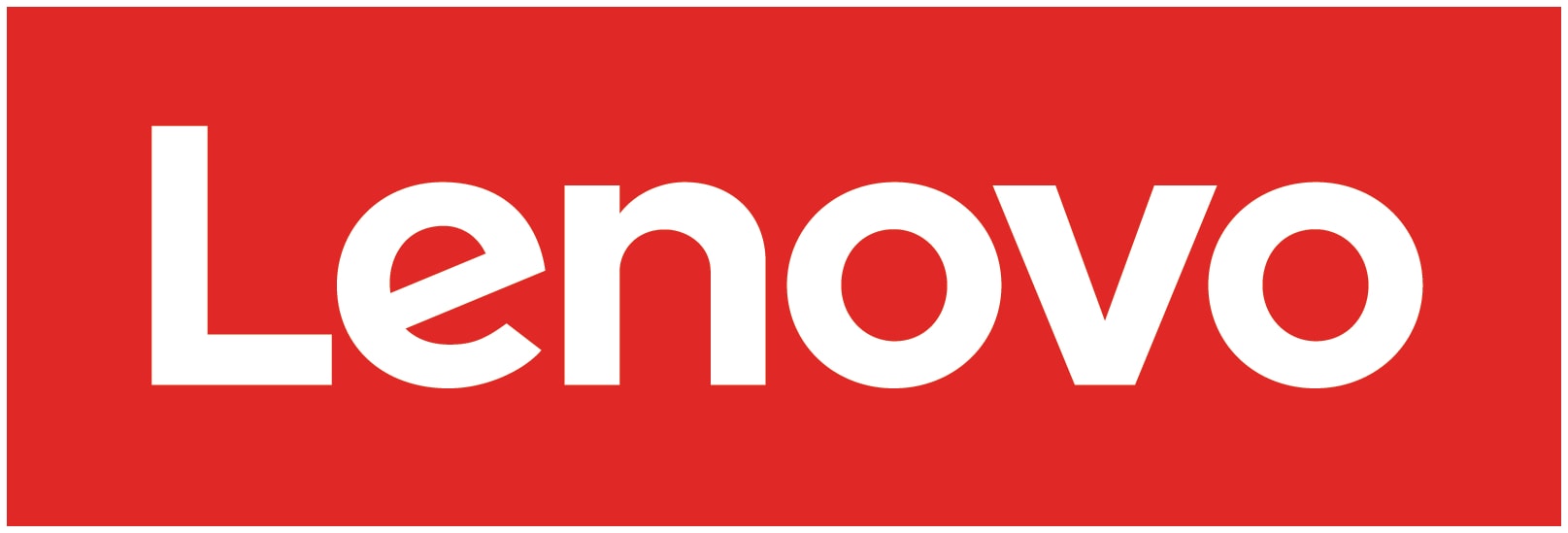August 19, 2024
3 Use Cases for Multimodal Language Models
Incorporating GenAI in your business strategy can help your organization leverage deep-learning technology like multimodal language models. Read below to learn how this technology can help your people create content and save time.
2024 has been a year where many people across multiple industries are talking about artificial intelligence (AI). Plenty still don’t understand it, but early adopters tapping into AI’s potential are already experiencing measurable benefits granting them competitive business advantages.
If you haven’t done so, you should figure out how to implement generative AI (GenAI) technology into your business strategy. It’s not a quick conversation to solve with your stakeholders overnight, but think about it like this: small wins in time-savings can lead to big wins in money saved.
One such technology within GenAI is a multimodal language model, a type of deep learning model that can handle and create content across multiple modalities such as text, audio, images or specialized data like DNA sequences.
3 Use Cases for Multimodal Language Models
Let’s explore three use cases for multimodal language models that you can use as a guidepost on how to apply AI within your organization to win big for your customers and employees.
1. Interpreting What’s Happening in Images
Multimodal language models are good at interpreting data within an image and providing visual analysis to end users via tables, charts, graphs, PDFs and more. This actionable analysis signals major benefits for organizations across sectors.
For example, if an insurance company is sent photos of a house up for inspection, an agent using a multimodal language model can prompt the software as such: “Is there mold in this photo? Are there other defects?”
Because the technology can turn data into language — words — agents can leverage AI-assisted summaries to help with their submitted reports. Multimodal language models do require fine-tune training for specific datasets, but your investment can yield significant time-savings.
2. Image Generation
Multimodal language models can generate images for a variety of business reasons. Here’s a common scenario:
You have a marketing team with limited personnel and budget, and their task is to showcase a product within a specific environment. Traditionally, someone would spend hours on Adobe Photoshop creating and editing an image. Now, with the help of AI software, users can prompt it to generate the desired image in less time, automating the process and making strict deadlines less daunting.
The evolution of multimodal languages models is such that image generation will eventually apply to video production. Imagine scenes or backdrops generated by end-user prompts, reducing the need for editing.
Multimodal language models should not eliminate photo and videos shoots, per se, but rather be used in harmony to produce quality results more efficiently, despite any limitations your organization faces.
3. Image Captioning
We are in an age of increasing awareness of people with learning disabilities and impairments. The fact that multimodal language models can assist with captioning images for accessibility purposes is an indicator of technology serving a greater good.
From images of stop signs to Leonardo da Vinci’s “Mona Lisa,” artificial intelligence combined with augmented reality can provide human-like descriptions of selected photos in real time, including details on colors and even facial expressions. This can help people decipher emotions and level-set inherent disadvantages.
Business applications for this technology are numerous. Since these models integrate natural language to describe visual and textual data, you can rely on them for accurate and timely feedback to solve real-world problems — such as restaurants performing quality-assurance assessments based on images of actual food orders or e-commerce businesses simplifying profit and loss statement analysis.
Need Help Leveraging AI for Amazing Digital Experiences? CDW’s Got You
CDW has solutions architects with the know-how to get your organization to the next level and partnerships with industry leaders in AI to find smarter ways of running your business. Whether you need help incorporating new technology with avatars to assist your employees or obtaining copyright protection for the data you handle, our experts can guide you every step of the way, on any timeline.

Lenovo TruScale delivers the right data center as a service solution based on advanced metering technologies of your choice.



